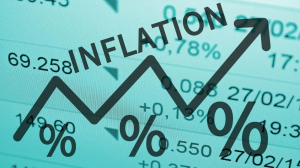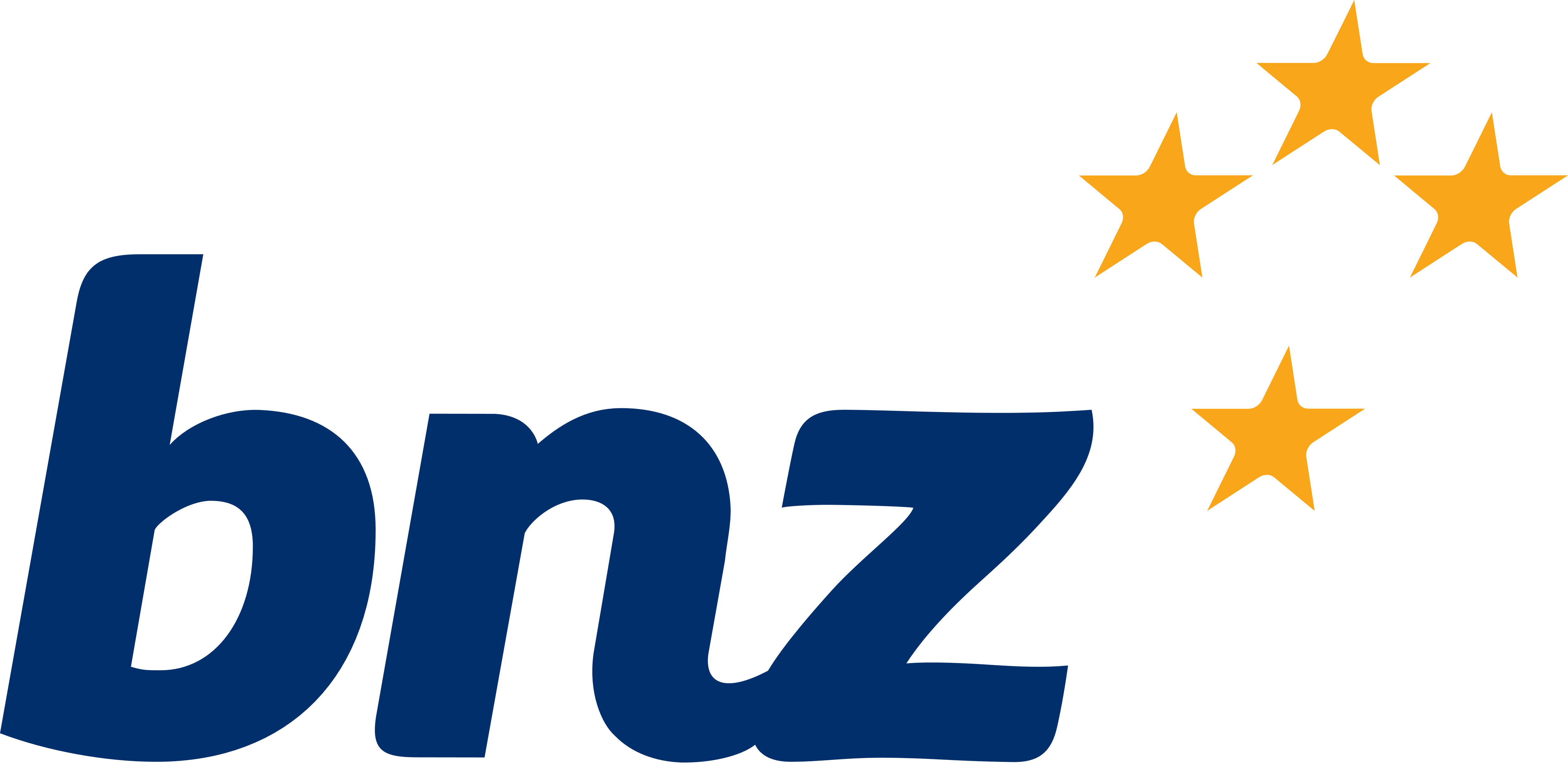Loan amount
Loan term
Last Updated: 22/04/2024 9:15am
Home Loan Term
Floating
Rate
7.99%
LVR
LVR <= 80%
Upfront Fee
0
Monthly Fee
Must have a 20% deposit, or already own a home and have at least 20% equity
Promotion
Get 1% cash back on new home loans
Home Loan Term
Floating
Rate
8.4%
LVR
LVR <= 80%
Upfront Fee
225
Monthly Fee
Home Loan Term
Floating
Rate
8.55%
LVR
Upfront Fee
0
Monthly Fee
Home Loan Term
Floating
Rate
8.69%
LVR
Upfront Fee
150
Monthly Fee
2
Transaction fees apply
Home Loan Term
Floating
Rate
8.69%
LVR
Upfront Fee
150
Monthly Fee
2
Promotion
TSB will match any home loan rate from ANZ, ASB, BNZ or Westpac, conditions apply. The offer only applies to the purchase, refinance from another bank or building of residential owner-occupied properties with an LVR under 80%.
Home Loan Term
Floating
Rate
8.74%
LVR
LVR <= 80%
Upfront Fee
0
Monthly Fee
10
Home Loan Term
Floating
Rate
8.74%
LVR
LVR <= 80%
Upfront Fee
150
Monthly Fee
12











